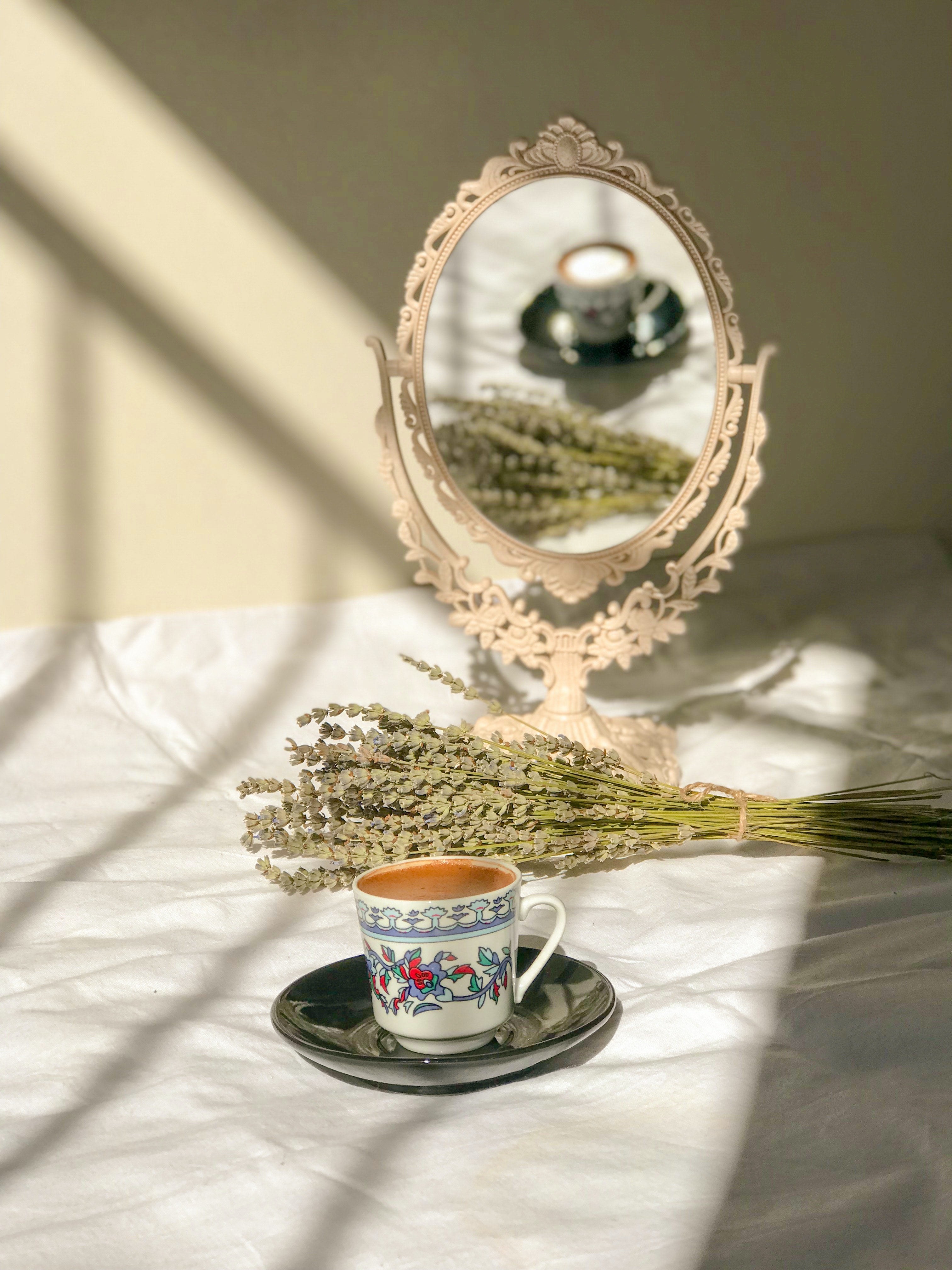
Nov 13 , 2023
Exploring Antique Mirror Restoration and Preservation Techniques
Antique mirrors hold a unique charm, adding elegance and character to any space. However, over time, these exquisite pieces may lose their luster and suffer from wear and tear. To restore and preserve the beauty of antique mirrors, it is essential to employ specialized techniques that maintain their authenticity while ensuring longevity. In this article, we delve into the world of antique mirror restoration, exploring the techniques used to revive these timeless treasures.
Understanding Antique Mirror Restoration
Antique mirror restoration is an intricate process that involves carefully examining the mirror's condition, cleaning its surfaces, repairing any damage, and applying suitable preservation techniques. By following these steps, one can revive an antique mirror while preserving its historical integrity and value.
Assessing the Condition of the Antique Mirror
Before initiating any restoration work, it is crucial to assess the overall condition of the antique mirror. Carefully examine the frame, glass, and silvering to identify areas that require restoration. Look for signs of corrosion, flaking, cracks, discoloration, or missing pieces. By understanding the extent of the damage, you can plan the appropriate restoration process.
Cleaning and Removing Dirt and Grime
Cleaning antique mirrors should be approached with caution to avoid causing further damage. Begin by gently removing dust and loose dirt using a soft brush or lint-free cloth. Avoid using abrasive materials or harsh chemical cleaners, as they can harm the mirror's delicate surfaces. Instead, use a mild glass cleaner or a mixture of warm water and vinegar applied with a soft cloth to remove stubborn stains or residue.
Repairing Damaged Mirror Surfaces
Antique mirrors often suffer from damage such as cracks, chips, or missing glass pieces. Professional restoration experts can repair these issues by using techniques such as glass cutting, edge polishing, and glass replacement. Skilled artisans employ precise methods to restore the mirror's surface to its original splendor, ensuring seamless integration of new glass with the existing mirror.
Re-silvering and Re-antiquing Techniques
The silvering on antique mirrors is responsible for the reflective surface. Over time, silvering can deteriorate, resulting in spots, discoloration, or complete loss of reflective quality. Re-silvering involves removing the damaged silver layer and applying a fresh one. Skilled craftsmen meticulously apply silvering chemicals to create a uniform, reflective surface. Re-antiquing techniques are then used to give the mirror an aged appearance, ensuring it blends seamlessly with the frame and historical context.
Re-framing and Reinforcing Antique Mirrors
Frames play a significant role in the aesthetic appeal of antique mirrors. If the frame is damaged, it requires careful restoration or replacement. Skilled artisans can repair or recreate intricate frames using techniques such as carving, gilding, or moulding. Reinforcing the mirror with additional support is also crucial to ensure its stability and longevity.
Applying Protective Coatings for Preservation
Once an antique mirror is restored, it is important to apply protective coatings to enhance its durability and preserve its beauty. Specialized coatings, such as wax or lacquer, can be applied to the frame and mirror surfaces to protect against moisture, UV rays, and environmental factors. These coatings provide an added layer of defense while maintaining the mirror's historical authenticity.
Tips for Maintaining Restored Antique Mirrors
Preserving the restored antique mirror's beauty requires proper care and maintenance. Here are a few tips to help you prolong its lifespan:
- Avoid placing the mirror in areas with high humidity or extreme temperature fluctuations.
- Clean the mirror regularly with a soft, lint-free cloth to remove dust and prevent the buildup of dirt or grime.
- Use mild glass cleaners specifically designed for antique mirrors to maintain their delicate surfaces.
- Avoid hanging heavy objects or applying excessive pressure on the mirror to prevent stress on the frame and glass.
- Regularly inspect the mirror for any signs of damage or deterioration and address them promptly.
Frequently Asked Questions (FAQs)
Q1: Can I restore an antique mirror myself?
A1: While minor cleaning and maintenance can be done at home, the restoration of antique mirrors is a highly specialized skill. It is advisable to consult professional restoration experts to ensure the preservation of the mirror's historical and artistic value.
Q2: How much does antique mirror restoration cost?
A2: The cost of antique mirror restoration varies depending on factors such as the mirror's size, condition, and the extent of restoration required. It is best to consult with restoration professionals who can provide accurate estimates based on your specific mirror.
Q3: Will the restoration affect the value of the antique mirror?
A3: When executed by skilled professionals using appropriate techniques, restoration can enhance the value of an antique mirror. However, improper or excessive restoration may diminish its value. Consultation with experts who specialize in antique restoration is crucial for preserving value.
Q4: How often should I have my antique mirror restored?
A4: The need for restoration depends on the condition of the mirror and how well it has been maintained. It is recommended to have periodic inspections to address any emerging issues promptly and prevent further damage.
Conclusion:
Antique mirror restoration requires a delicate balance between preserving historical authenticity and reviving the mirror's original splendor. By employing professional techniques such as assessing the condition, careful cleaning, repairing damage, re-silvering, re-framing, and applying protective coatings, these cherished treasures can be restored to their former glory. Remember to consult experienced restoration experts for the best results and to ensure the long-term preservation of your antique mirrors.
